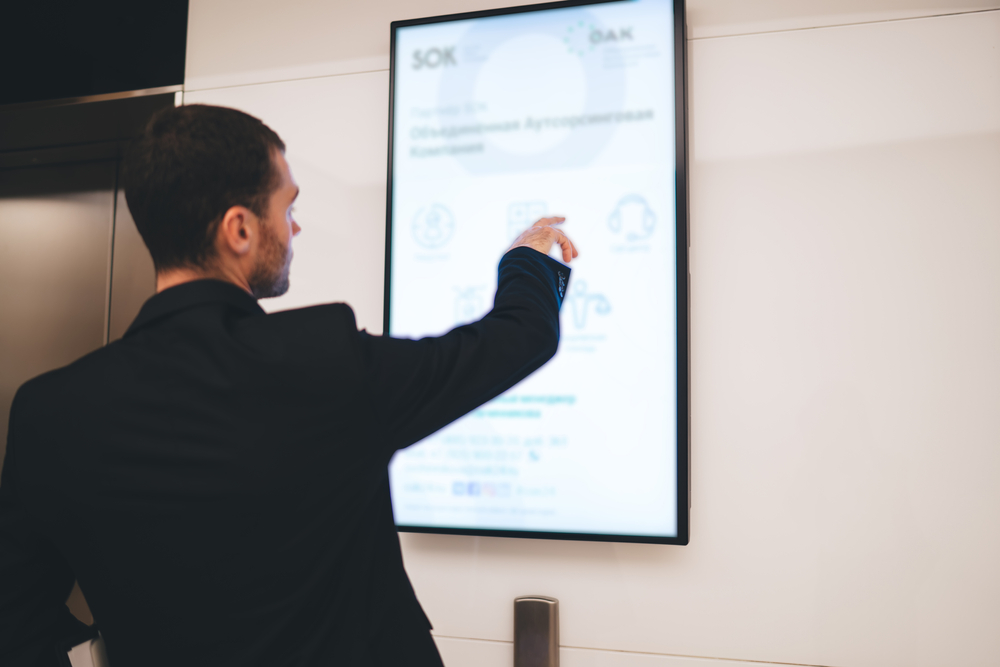The Power of Visuals in Trial Presentations for a Winning Argument
The integration of visuals in trial discussions has actually become an essential factor in properly connecting complicated arguments to jurors. By making use of numerous types of visual aids-- be it diagrams, pictures, or animations-- attorneys can boost understanding and retention, eventually shaping the court's understanding of the case. This strategy not just clears up intricate stories but additionally establishes an emotional vibration that can influence decision-making. As we discover the nuances of this approach, it comes to be necessary to consider exactly how specific kinds of visuals can make a significant distinction in test end results. What functional strategies might lawyers use to maximize this possibility?
Significance of Visuals in Tests
In several legal setups, visuals play a crucial role in improving the efficiency of test discussions. The integration of visual aspects can dramatically influence jurors' understanding and retention of complex information, thus shaping their understandings and choices. Visuals, such as graphes, layouts, and pictures, can streamline intricate narratives, making them much more obtainable and engaging.
In addition, the human mind procedures aesthetic information much more effectively than text, which underscores the significance of incorporating visuals into legal arguments. By translating thick lawful principles right into aesthetic styles, attorneys can help with clearer communication, ensuring that bottom lines are not forgotten throughout trials.
Furthermore, visuals serve to engage jurors on a psychological level, promoting a connection to the case that words alone might fall short to attain. The strategic use visuals can stimulate empathy, prompting jurors to think about the human elements of the case.
Eventually, the significance of visuals in trials depends on their ability to boost quality, enhance juror engagement, and reinforce the story being provided. This potent mix is crucial for crafting influential disagreements that reverberate with jurors and affect the result of legal process.
Kinds Of Visuals to Use
Reliable trial presentations can greatly take advantage of a selection of visual devices that accommodate various elements of the instance. trial presentations. Making use of diagrams and charts can properly break down complex information, making it extra digestible for jurors. Flowcharts can show the sequence of events, while bar charts might succinctly compare pertinent data points.

Animations and simulations can likewise play an essential duty, especially in instances entailing technical data or elaborate situations. These visuals can dynamically stand for processes or actions, supplying quality and involvement that static photos might not achieve.
In addition, infographics combine text and visuals to summarize important info successfully. They can offer timelines, data, and substantial instance factors in an aesthetically enticing fashion, making it less complicated for jurors to adhere to the debate.
Enhancing Understanding and Retention

Enhancing understanding and retention throughout trial presentations is essential for ensuring that jurors grasp the crucial components of a situation. Visual help act as powerful devices in this respect, equating complex details into easily absorbable styles. By utilizing graphes, representations, and infographics, attorneys can streamline complex data and emphasize key points that might otherwise be overlooked.
Researches have revealed that individuals preserve info considerably much better when it exists aesthetically. This is especially important in a test setting, where jurors might be overwhelmed by the quantity of evidence and statement. By strategically integrating visuals, attorneys can guide jurors' focus to the most essential aspects of the instance, reinforcing their understanding and memory of the product offered.

Producing Involving Presentations
Fascinating jurors' attention throughout test presentations is crucial for communicating an engaging narrative. Engaging discussions take advantage of aesthetic aspects to create a remarkable experience that reverberates with jurors. The calculated use of graphics, computer animations, and videos can illuminate complex information, making it a lot more obtainable and relatable.

Furthermore, including narration techniques can enhance engagement. Presenting proof in a sensible sequence that develops sob story permits jurors Your Domain Name to get in touch with the material on an individual degree. Numerous presentation layouts, such as including short video clip clips or interactive components, can additionally receive rate of interest and focus throughout the trial.
Inevitably, an interesting discussion promotes a much more extensive understanding of the instance, allowing jurors to better value the disagreements existing and bring about an extra desirable end result.
Study and Success Stories
Many situation research studies highlight the considerable impact of visuals in test discussions, showing their capability to influence juror assumptions and inevitably the results of situations. For instance, a notable instance entailing an accident claim highlighted just how the use of a 3D animation of the accident scene made clear complicated details. Jurors reported feeling even more educated and empathetic, significantly guiding their decision in support of the plaintiff.
In an additional instance, a company litigation instance utilized infographics to existing financial information and timelines, making intricate details available. The graph made it possible for jurors to comprehend the subtleties of the situation better than verbal explanations alone. trial presentations. hop over to these guys As an outcome, the jury returned a judgment that exceeded the customer's assumptions
The engaging visuals not only Read Full Article helped in producing uncertainty but likewise reverberated psychologically with jurors, leading to a pardon. These success stories underscore the necessity of integrating visuals into test presentations, as they enhance understanding, retention, and ultimately, the convincing power of legal disagreements.
Final Thought
In conclusion, the strategic unification of visuals in trial presentations dramatically improves jurors' comprehension and retention of intricate info. Engaging discussions, supported by engaging situation research studies, demonstrate the extensive influence that visuals can have on convincing interaction.